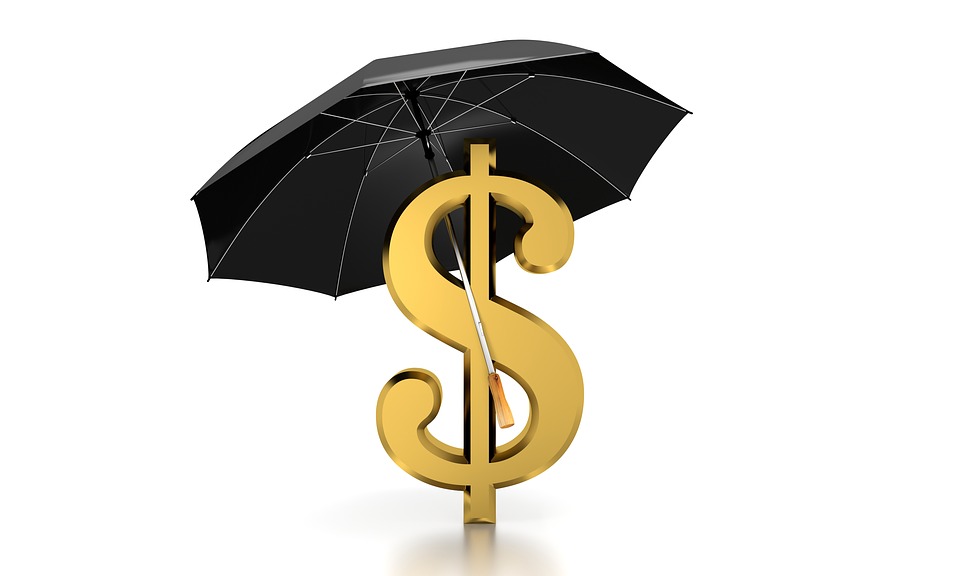Asset protection can be used by individuals as well as business entities in order to limit outside parties from being successful when pursuing legal action. It’s a part of financial planning, and the goal is to ensure that a person’s assets are safe from different third-party claims without resorting to perjury or any other illegal activities. While the basic concept of it is pretty simple, asset protection involves a lot of different financial and legal nuances, so it’s important to get to know the 6 key things about it before you apply it to your finances.
1. Know Your Options
There are different viable asset protection strategies out there, and each of them has its pros and cons. The rule of thumb is to determine what kind of assets you have, which may include physical items, investments, cash in the bank, debts owed to you by others, intellectual property rights, or future income streams. You will need to be able to distinguish between the types so that you can better analyze your options for mitigating your risks. However, perhaps the most important distinction to make is whether you’re looking into these options as an individual or for commercial reasons. The two applications are vastly different and carry completely separate considerations that need to be addressed. For example, an offshore asset protection trust is among the safest options for individuals, since it doesn’t have to adhere to the same rules as domestic trusts. It almost completely ensures that your assets will be protected in the case of any kind of legal proceedings made against you – although where you decide to set up the trust will factor into this. On the other hand, an offshore LLC is a good bet for a business looking to get started since it’s relatively easy to set up and offers a lot of flexibility when it comes to allocating shares or managing affairs.
2. Plan In Advance
No matter what type of asset protection strategy you decide to pursue, it’s highly recommended that you do so in a timely manner. While financial planning is always important, it is especially so when it comes to asset protection since, a lot of the time, it can only provide you the protection you’re looking for if it’s put in place before a claim is made. If you only set it up after legal action is already taken, it might even fall under the so-called fraudulent transfer law. What that means basically is that it wouldn’t necessarily be regarded as regular financial planning, but as a way to abuse the law in order to avoid legal consequences, so any action you take could be completely reversible. With this in mind, if you are thinking about getting some sort of asset protection strategy, it’s best to start planning for it immediately so that you can consult with the right financial and legal advisers before making any decisions.
3. You Can’t Be 100% Protected
As much as you want to be entirely protected from third-party claims, there’s no such thing as complete protection when it comes to asset protection. There are two types of risk in financial planning: the risk of loss and the risk of litigation. The goal is not to eliminate either of these – since that’s impossible, but to reduce them as much as possible. For instance, certain asset protection strategies might not be able to protect your assets from creditors or third parties, since they can go through the court system and get a judgment against you. To explain it better, this means that even if your assets are protected under an LLC, you can still lose them to creditors through court proceedings. It’s not necessarily the best outcome for you, but it does mean that it limits their risk exposure to lawsuits and helps protect their assets in case of bankruptcy. That is why it’s so important to understand what options are available for you before choosing one. In other words – while some strategies do offer more protection than others, there’s no strategy out there that can guarantee protection in every possible situation.
4. Understand Your State’s Laws
Each U.S. state has its own set of tax statutes and laws, which includes the laws dealing with creditors’ rights and liabilities for debt collection purposes. When it comes to asset protection, you should know which assets can be protected from being levied upon by creditors and which cannot. In most cases, the following assets are exempt: your primary residence, your car(s), clothing, household appliances, tools of the trade, college tuition funds for yourself or someone else (including children or grandchildren), and retirement benefits. Also, if your spouse or dependent children live with you in your primary residence, they can claim an exemption for the value of their personal property as well. When deciding on an asset protection strategy, it’s important to get to know the exemptions for your particular state in order to properly determine which course of action works best for you.
5. Don’t Offshore Your Entire Wealth
It’s important that you understand that just because you establish an offshore entity for asset protection, it doesn’t mean that any and all of your assets should be transferred to the new entity. To put it simply – even if all of your wealth is safe offshore – you’re still here. This means that you should keep a portion of your wealth in a separate account so that if anything happens, it’s ready for you to use. Asset protection planning is about striking a balance where you have enough control over your assets, but not so much that the prosecutor could argue that the asset protection should be disregarded since you’re the one in full control of it. If legal action is taken against you, and you suddenly withdraw from your assets in order to hire the best lawyers – it could be argued that you’re simply someone who is trying to avoid creditors, which would work against you.
6. Full Disclosure
If someone does take you to court, for example, a creditor – it’s important to understand that you cannot make it seem like the only assets you have are the ones that you didn’t put in a trust – or used any other asset protection strategy for. There’s no real way to completely cover your tracks – and you’re not supposed to either. If you’ve previously claimed that it didn’t exist, you could be held liable for perjury and bankruptcy fraud. Of course, if a claim ever goes so far as to be taken to court, you need to have an attorney, and you need to be completely honest with them about your financial situation. They’ll make it work in your best interests, and they’ll know how to handle the case accordingly.
Asset protection is an extremely important part of financial planning – both for individuals and business entities. It’s not about hiding your assets, it’s about protecting them in case anything happens. Knowing the basic asset protection strategies and their limitations is vital in order to pick the right strategy for your specific situation.
Disclaimer: This article contains sponsored marketing content. It is intended for promotional purposes and should not be considered as an endorsement or recommendation by our website. Readers are encouraged to conduct their own research and exercise their own judgment before making any decisions based on the information provided in this article.





































































